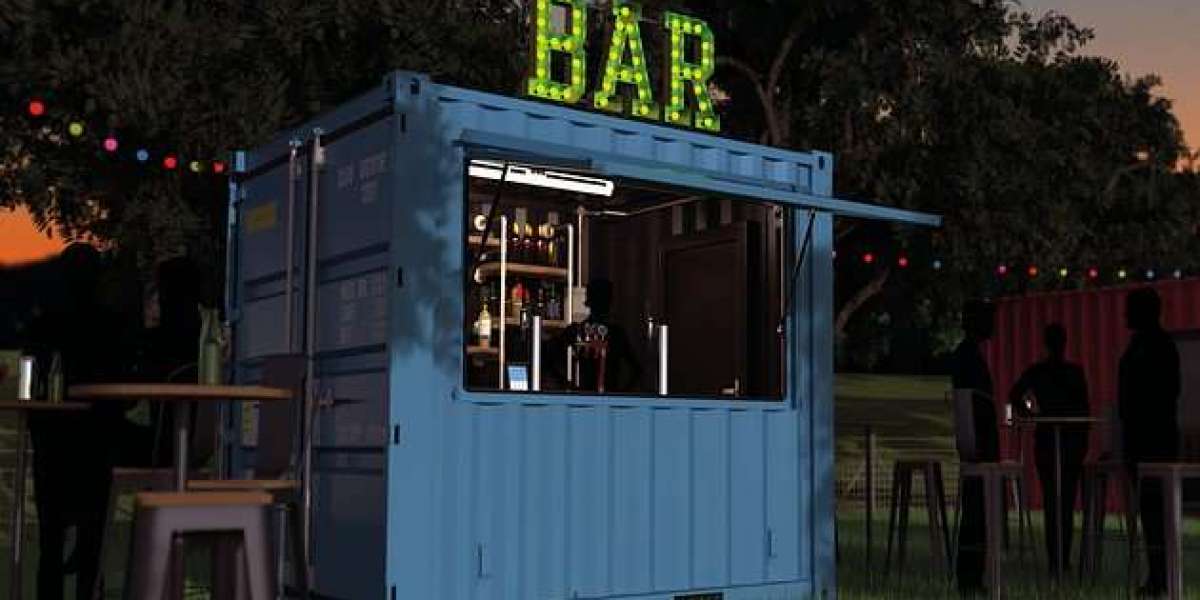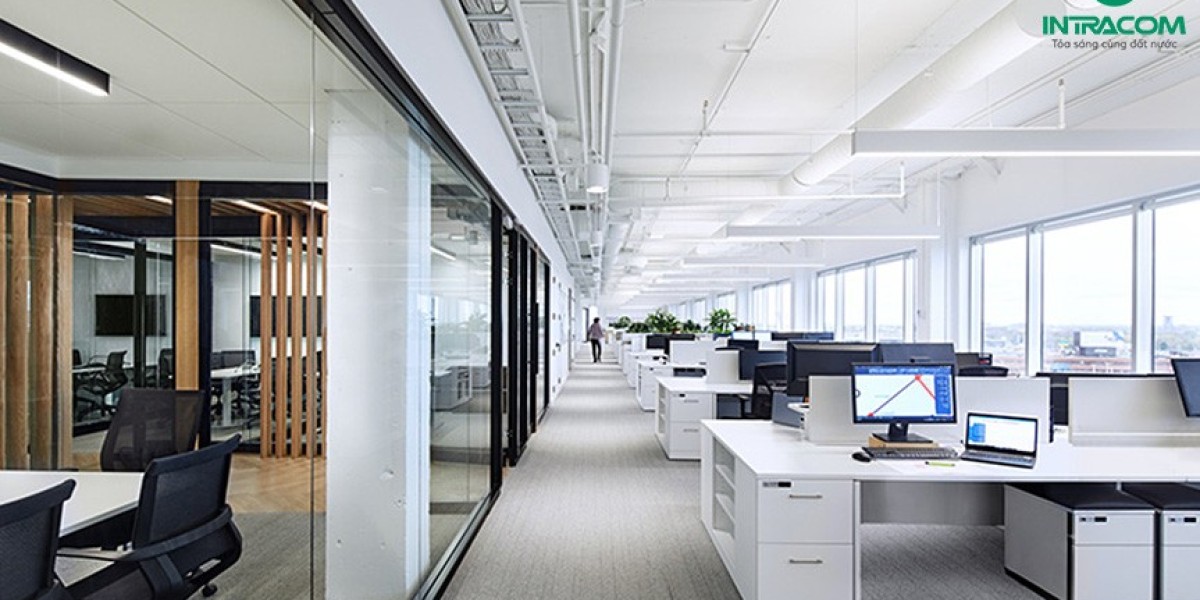An offshore Container Modifications Ideas is a special shipping container built for transporting cargo to offshore locations. These containers must meet strict manufacturing standards and have an DNV safety rating of 2.7-1.
Whether used to house equipment or as accommodation for offshore crews, these containers are sturdy enough to withstand the relentless force of the ocean's waves and winds. These containers are durable and reusable. They make an excellent option.
Safety
Shipping containers must meet stringent standards before they can be approved to be suitable for use offshore. They must be designed to accommodate specific equipment and machinery used in offshore operations. They must also be able to withstand different conditions. They must go through structural blueprint scrutiny according to standards, and be subjected to production inspections to ensure welder qualifications and welding processes are meeting standards. They should be tested to ensure durability in extreme temperatures and reinforced with a special coating to protect against corrosion. This additional layer of protection significantly prolongs their lifespan, allowing them to last for a long time.
Offshore containers are designed to meet a variety of requirements, from temporary accommodation to workshop space. They are commonly used to transport equipment and supplies to offshore platforms, and also to perform maintenance on machinery. Modifications can be made to make them suitable for living quarters that offer the safety and comfort of working environment for offshore workers. These units are usually fitted with ventilation and HVAC systems to ensure that workers remain at a comfortable temperature throughout the journey.
When choosing a container for your project, think about its capacity for weight and expansion capabilities. These aspects will impact the capacity to carry loads of the container and determine the way it can be used for transport. These factors also impact the capacity of the container to withstand rough seas and corrosive ocean water. If your project requires a container to store dangerous substances, it must be compliant with the International Maritime Dangerous Goods code.
Another important aspect to consider when assessing the safety of offshore containers is making sure that they have received an DNV 2.7-1 certification. This certification was developed by Det Norske Veritas, a leading global quality assurance and risk management company. DNV 2.7-1 conformity ensures that the container is in compliance with the strict safety and manufacturing standards that are required for use offshore. Additionally many offshore containers are ATEX Directive compliant, which reduces the risk of explosions. This certification is especially important for containers that will be used in potentially explosive environments, such as those containing gases, steam dust, or steam.
Customization
 There are numerous options for customization available for offshore containers, allowing them to be tailored to meet specific needs. Modifications could include racks for equipment and ventilation, as well as other specialized fittings. Modifications can be made to ensure compliance with regulatory requirements and reduce the chance of penalties or issues. In addition the containers are built to be able to withstand the harsh offshore conditions, ensuring that they are safe and secure during transport and storage.
There are numerous options for customization available for offshore containers, allowing them to be tailored to meet specific needs. Modifications could include racks for equipment and ventilation, as well as other specialized fittings. Modifications can be made to ensure compliance with regulatory requirements and reduce the chance of penalties or issues. In addition the containers are built to be able to withstand the harsh offshore conditions, ensuring that they are safe and secure during transport and storage.Offshore containers provide a scalable and cost-effective solution for storing and transporting equipment and other items. They are able to withstand the extreme conditions in the marine environment, such as rough seas and high winds. They safeguard expensive equipment and materials during transportation and storage and reduce the cost of repairs and replacements. Additionally, they can be easily transported from ship to shore or from truck to rail. This means that they are a cost-effective solution for storage and shipping in the oil and gas industry.
When choosing a DNV container, make sure to evaluate its condition, specifications, and dimensions to ensure that it is in compliance with your needs. Check if the container has been certified to meet standards such as DNV 2.7-1 and EN 12079. Find features such as forklift pockets and frames with ISO corner castings. These are important for safely transferring containers from ships to platforms.
Oil and gas workers can boost the flexibility of offshore containers by making them dwelling spaces or workshops. These containers can be outfitted with all the equipment and tools required to complete maintenance tasks. They can also provide a comfortable space for workers to stay during drilling campaigns. In addition, they could be equipped with tools and equipment to carry out emergency response actions.
Offshore containers are a great option to secure and make equipment and materials accessible in the challenging offshore environment. These durable containers can withstand the harsh conditions of the marine environment and protect the contents from damage or theft which can drastically reduce the efficiency of operations. Furthermore, they can be equipped with locking mechanisms and surveillance systems to provide an increased level of security.
Efficiency
Offshore containers are used to transport tools, equipment and personnel to offshore rigs and platforms. They are typically constructed from durable, steel-lined material to withstand the harsh conditions of marine environments offshore. They also come with a variety of features to protect equipment during transport and storage, including tie-down points and locking mechanisms. They are also checked and certified to meet safety standards by classification societies like DNV.
Another advantage of offshore containers is that they are affordable compared to other modes of transportation. Helicopters can be used to transport goods and people to offshore platforms and rigs however, they're expensive and take longer than an off-shore container. They also aren't able to transport the same amount of cargo as a container. Offshore containers are also more reliable than helicopters, which can experience mechanical problems that could delay flights and cause significant delays.
Offshore containers are also constructed to meet strict standards and regulations. They are sturdy and safe and efficient for storage and transport than traditional shipping containers. They can also be more easily modified than other types of shipping containers that allow businesses to add shelves and racks in order to meet a specific need.
Shipping containers off the coast are often converted into living quarters for offshore workers, providing an enviable and secure space to stay at while on the job. They are fitted with bathrooms, kitchens and other areas, ensuring that workers have everything they need to perform their duties. Many people work on offshore rigs and platforms for weeks or even months at a time, so it is essential to provide them with a comfortable and safe living space.
In addition to offering comfort to offshore workers Offshore containers can also be used as workshops and maintenance facilities. They are equipped to facilitate efficient maintenance using equipment, tools and workbenches. This could save businesses money by reducing downtime, and by avoiding costly repairs.
Offshore accommodation containers are typically transported to offshore areas via ship or barge. They are usually exposed to harsh marine conditions and are lowered onto oil platforms by cranes, which place additional strain on the structure. As a result, they are constructed with greater robust construction than regular shipping containers and have single lift points rather than corner castings. They are therefore more suitable for heavy loads and lessen the chance of collisions with other containers or vessel body.
Cost
Offshore containers are a cost-effective and cost-effective solution for shipping goods in remote areas. They are built to resist harsh maritime conditions and offer a range of customization options to meet particular requirements, from basic storage to full-scale accommodation. Offshore containers can be converted into workshops or maintenance facilities. This reduces the time and expense to complete repairs and upgrades. This flexibility is essential in the offshore industry, where speedy deployment is vital to achieving operational efficiency.
The initial purchase of an offshore container can be costly due to the quality of the material and the specialized engineering design. The robust design and high-quality materials reduce the need for recurring costs by extending the durability and longevity. Regular maintenance and certifications also ensure that the equipment is in good working order and remains functional in corrosive environments.
A major advantage of shipping containers offshore is that they can prolong the shelf-life of perishable goods when they are transported. Contrary to traditional methods of transport that can drastically reduce the quality of the product, reefer containers maintain the ideal temperature and humidity levels to safeguard the contents from spoilage. This is a huge benefit for companies who export products with an expiration date that is short, because they can be shipped to new markets while preserving their original quality.
Offshore containers are an ideal option for transporting equipment to offshore rigs and vessels. They are designed to accommodate an array of equipment including tools and spare parts. They also provide a secure environment that protects the equipment from extreme weather conditions and ensuring easy access when needed. They are also a budget-friendly alternative to helicopters that can be used to transport cargo to remote offshore locations.
Offshore containers are used to transport food, provisions water, and other essentials to offshore platforms and vessels. They are also employed to manage waste which allows offshore operators to transport waste safely. Moreover they can also be used as temporary accommodation units, providing an enviable and safe place to live for workers on remote offshore locations. They can also be turned into workshops and maintenance areas, which save time and money by avoiding the need to build permanent facilities.







